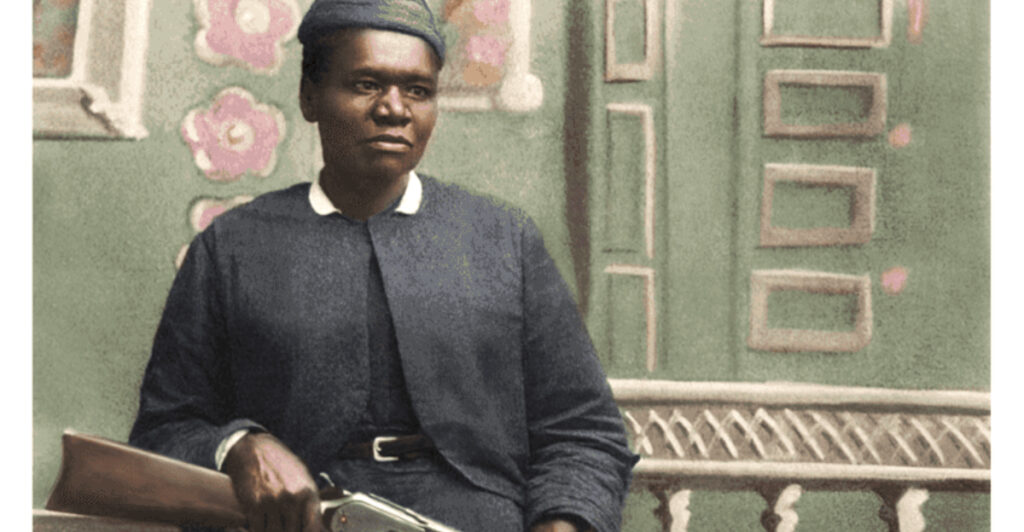Mary Fields earned the nickname ‘Stagecoach Mary’ by becoming one of the most fearless mail carriers in the American West. Born into slavery around 1832, she transformed herself from a Tennessee field hand into a gun-toting, cigar-smoking postal worker who never missed a delivery. At age 60, when most people were settling into retirement, Mary was just getting started on her most dangerous job yet. Her incredible story proves that courage knows no age, race, or gender.
From Plantation to Freedom: Mary’s Early Life Journey
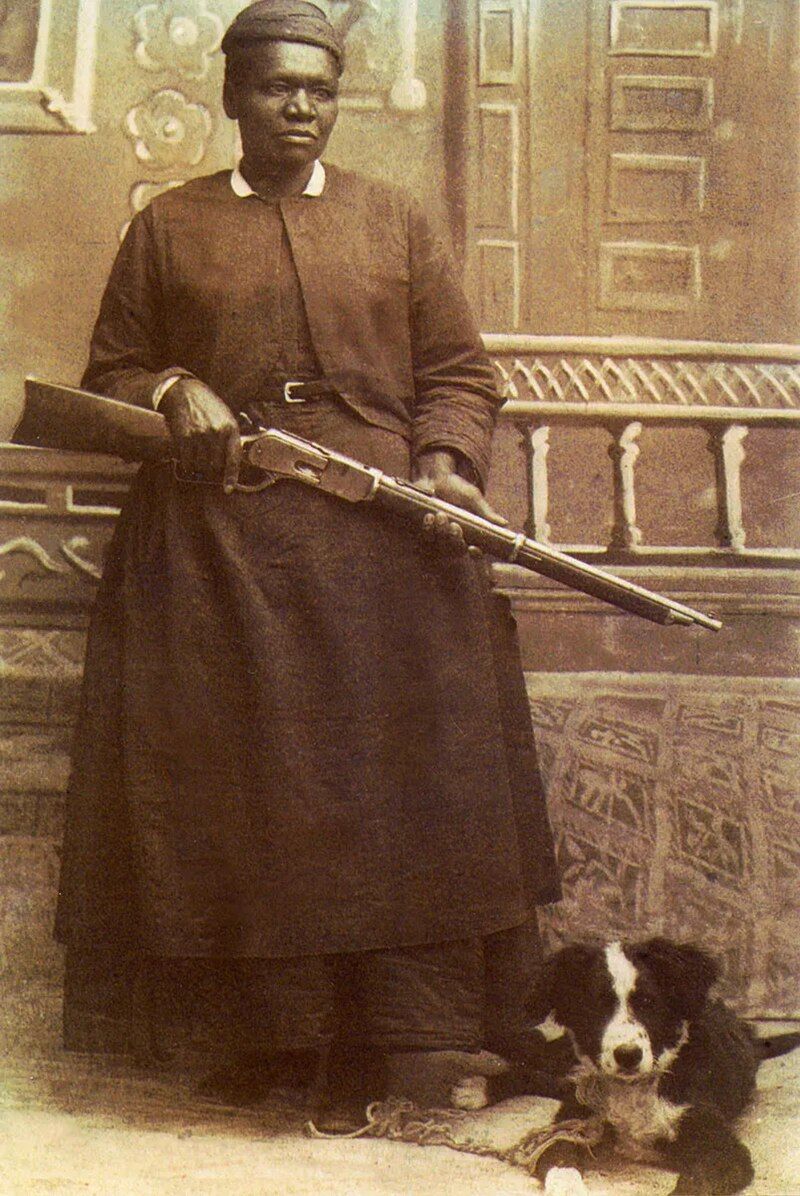
Picture a young girl born into bondage in Hickman County, Tennessee, around 1832. Mary Fields entered the world as property, but the Civil War would change everything for her and millions of other enslaved people.
After emancipation, Mary didn’t waste time feeling sorry for herself. She found work aboard the steamboat Robert E. Lee, navigating the muddy waters of the Mississippi River. The job was tough, but it gave her independence and a steady paycheck.
Eventually, she landed a position with Judge Edmund Dunne’s family as a domestic worker. This connection would prove life-changing, leading her to work alongside Mother Mary Amadeus at the Ursuline Convent in Toledo, Ohio, where her loyalty and hard work earned lasting friendships.
Montana Territory: A Rough Welcome at St. Peter’s Mission
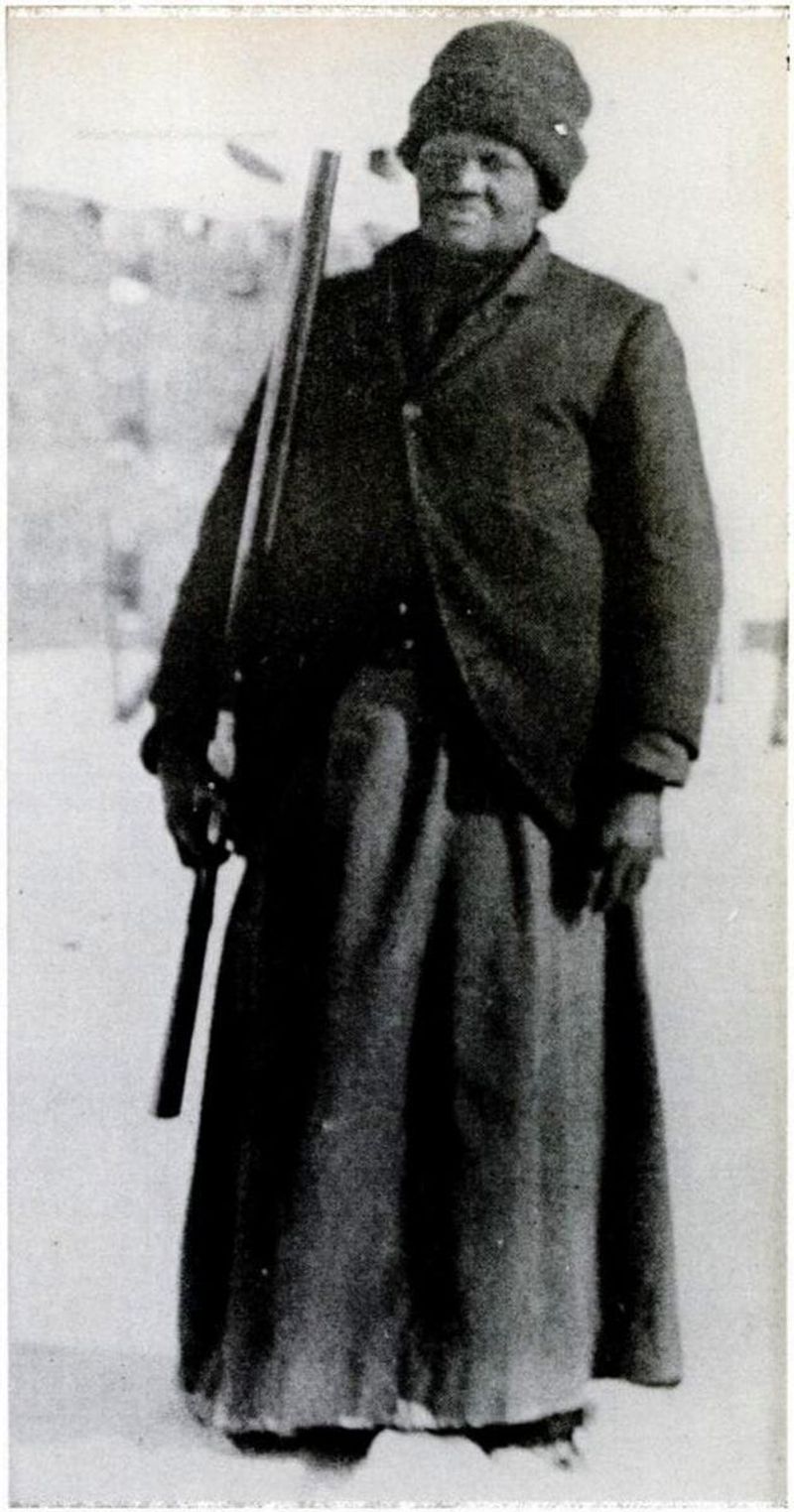
When Mother Amadeus fell seriously ill with pneumonia in 1885, Mary didn’t hesitate. She packed her belongings and traveled over 1,000 miles to the harsh Montana Territory to care for her friend at St. Peter’s Mission near Cascade.
Mary quickly became the mission’s jack-of-all-trades. She maintained the grounds, fixed broken structures, hauled heavy supplies with horse-drawn wagons, and managed the endless laundry duties. Her strong back and determined spirit made her invaluable to the struggling mission.
However, Mary’s colorful personality clashed with local church officials. Her habit of drinking whiskey, smoking cigars, and carrying firearms didn’t sit well with the bishop. After a heated confrontation, she was dismissed in 1894, though the nuns clearly supported her throughout the ordeal.
Breaking Barriers: America’s First Black Female Mail Carrier
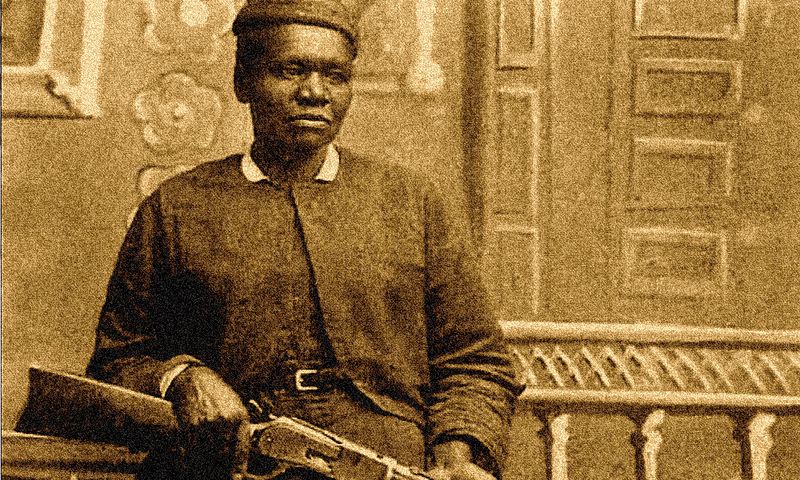
At age 63, when most folks were rocking on porches, Mary Fields was making history. In 1895, she secured a Star Route mail contract, becoming the first African American woman—and only the second woman ever—to carry mail for the U.S. Postal Service.
The job wasn’t handed to her on a silver platter. Mary had to prove she could handle a team of horses and navigate treacherous terrain. She passed every test with flying colors, impressing officials with her determination and skill.
Her route covered 34 grueling miles round-trip between Cascade and St. Peter’s Mission. For eight years, she faithfully completed this dangerous journey, earning the nickname ‘Stagecoach Mary’ and the respect of everyone who knew her incredible dedication to getting the mail through.
Weather Warriors: Conquering Montana’s Brutal Winters
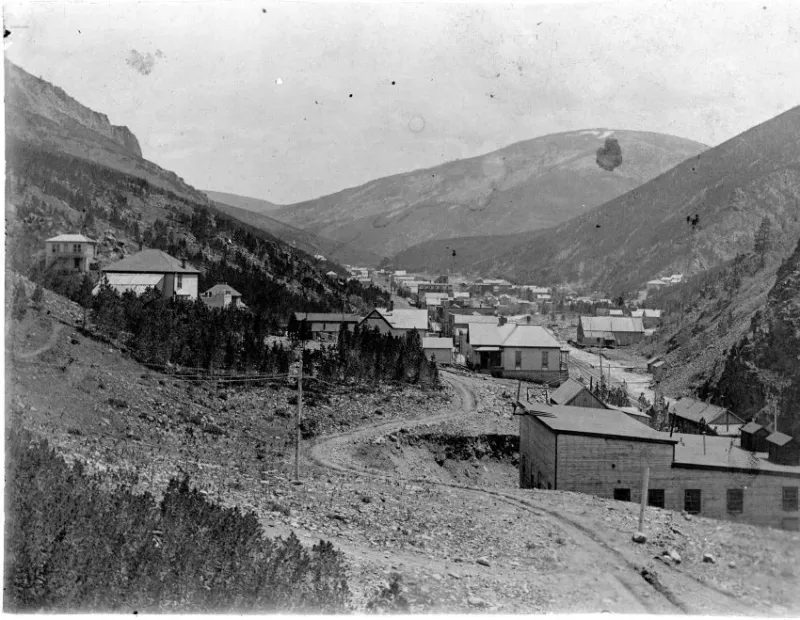
Montana winters could freeze the courage right out of most people, but not Mary Fields. She faced blizzards that buried roads under six feet of snow and temperatures that dropped so low they could crack trees in half.
When her stagecoach couldn’t push through the drifts, Mary strapped on snowshoes and trudged through the wilderness on foot. She carried that heavy mail sack on her back, sometimes walking for miles in conditions that would defeat much younger people.
Her mule Moses became her trusted partner in these winter battles. Together, they developed an almost supernatural ability to find their way through whiteout conditions. Local folks said Mary could navigate by instinct alone, always arriving with the mail intact and her spirits unbroken despite nature’s worst tantrums.
Armed and Dangerous: Protecting the Mail from Threats
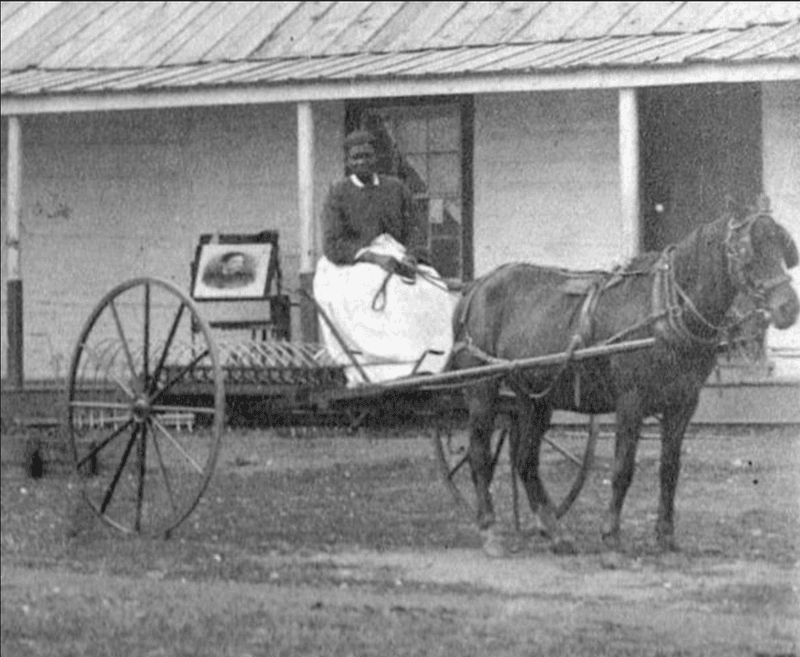
Mary Fields never traveled without her weapons—a Winchester rifle and a trusty revolver stayed within arm’s reach at all times. The Montana wilderness crawled with dangers that could end a mail run permanently.
Bandits and thieves regularly targeted mail carriers, knowing they might be carrying valuable letters or money orders. Wild animals posed an even deadlier threat, with wolf packs and mountain lions viewing lone travelers as easy prey.
Local legend tells of Mary’s most famous encounter with danger. When wolves surrounded her overturned wagon one dark night, she fought them off with both guns blazing until dawn broke. Come morning, she calmly reloaded her wagon and continued her route as if nothing had happened. That kind of grit made her a living legend throughout the territory.
Community Hero: The Heart Behind the Tough Exterior
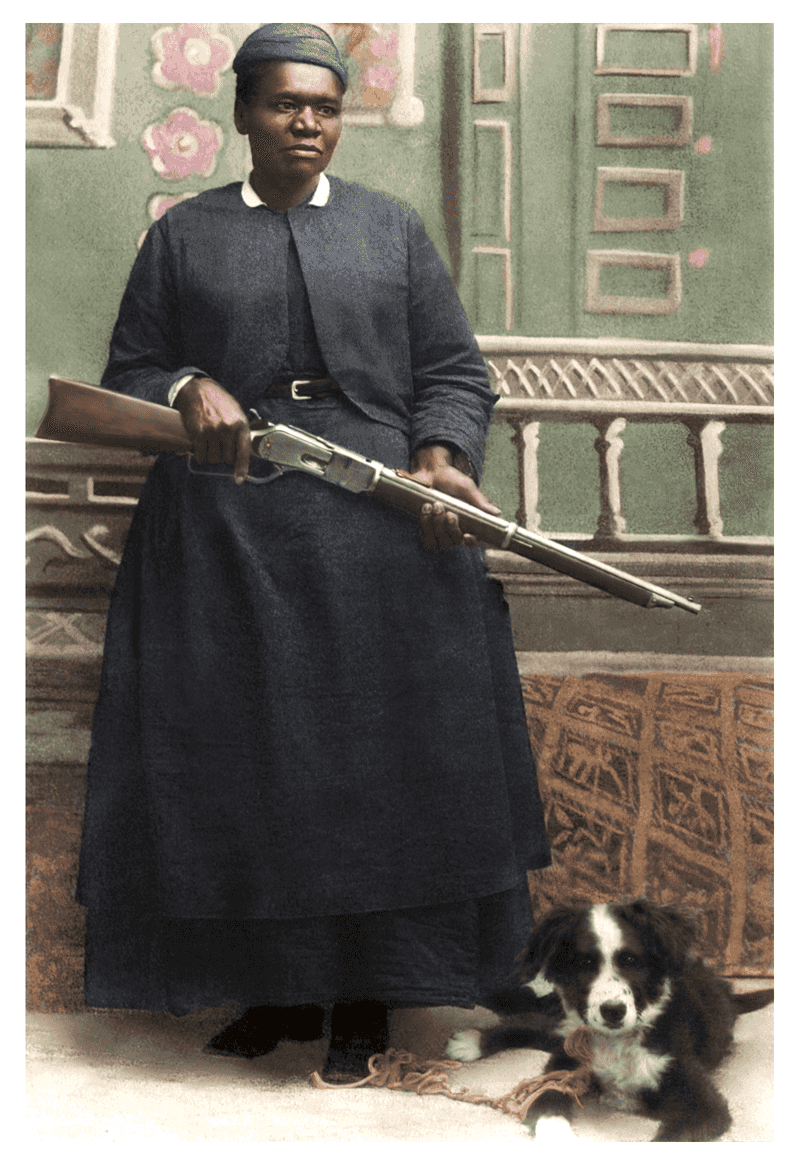
Behind Mary’s gruff exterior beat the heart of a true community champion. She babysat local children for just $1.50 a day, then spent her earnings buying them candy and treats they couldn’t afford otherwise.
Mary ran a laundry service and operated several small restaurants, often feeding hungry customers who couldn’t pay. She never turned anyone away, believing that full bellies mattered more than full pockets. This generosity sometimes left her broke, but never regretful.
The town of Cascade loved Mary so much that the mayor officially exempted her from the law prohibiting women in saloons. Every year on her birthday, the entire town shut down to celebrate her. When fire destroyed her home in 1912, neighbors immediately rallied together to rebuild it, showing their deep appreciation for her years of service.
Route Master: Navigating Impossible Terrain
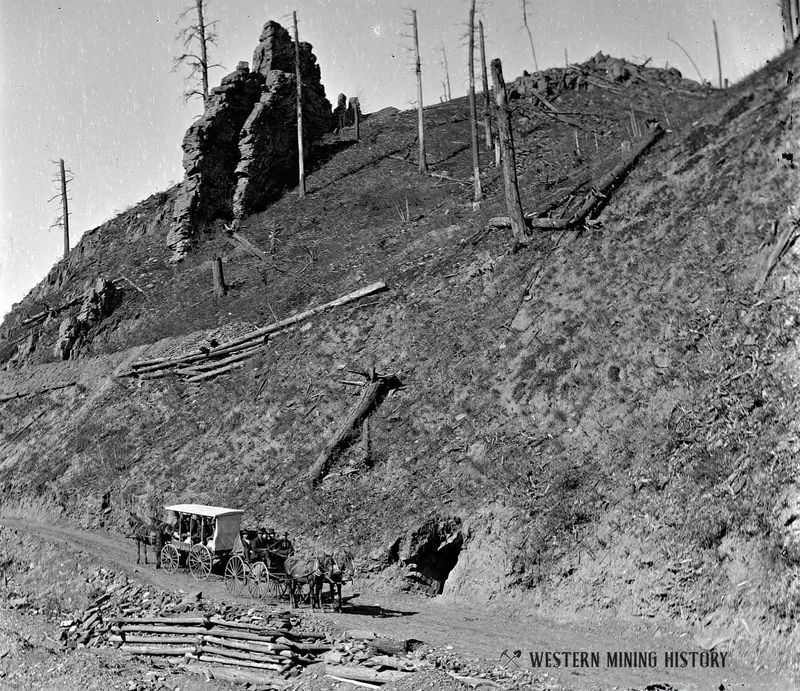
Mary’s mail route wasn’t just challenging—it was downright treacherous. The 34-mile round trip between Cascade and St. Peter’s Mission crossed rocky canyons, swift-flowing rivers, and mountain passes that would test even experienced travelers.
She mastered the art of reading the landscape like a book. Mary could spot dangerous weather patterns hours before they hit and knew every shortcut, water source, and shelter along her path. Her six-horse team responded to her commands like a well-trained orchestra.
During spring floods, she’d find creative ways to cross swollen streams. In summer heat waves, she’d adjust her schedule to protect both her animals and the mail from extreme temperatures. Rain or shine, snow or sleet, Mary always found a way to complete her deliveries, earning a reputation for reliability that became the stuff of frontier legends.
Legacy of Courage: Remembering a True American Pioneer
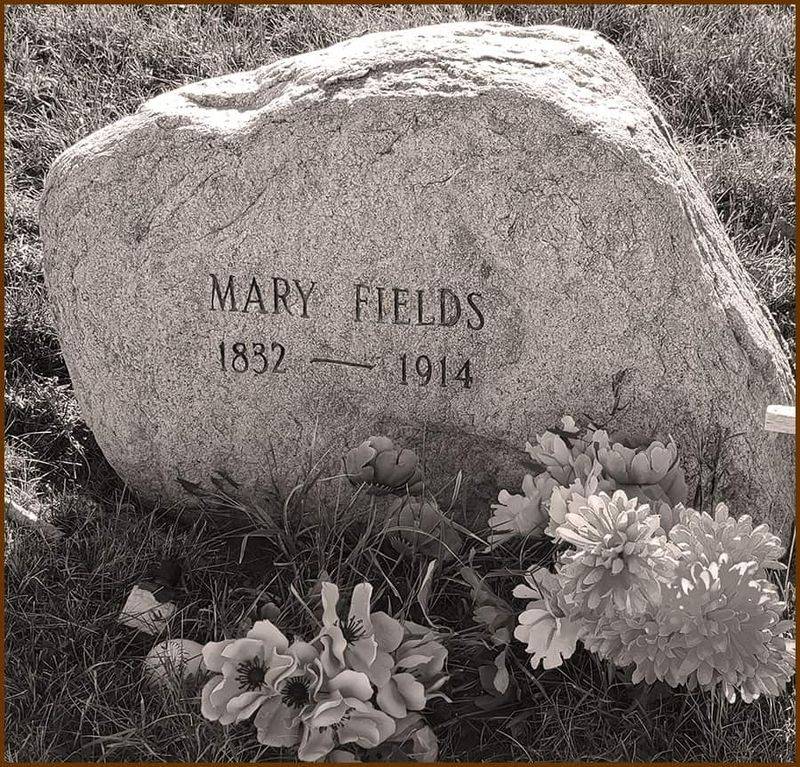
Mary Fields retired from mail delivery in 1903, but her impact on Cascade and Montana lasted far beyond her working years. She continued serving her community until her death in 1914, never losing the fighting spirit that made her famous.
Her funeral drew people from across the territory, all wanting to pay respects to the woman who’d braved impossible odds to keep their community connected. Mary was buried along her beloved mail route, a fitting final resting place for someone who’d dedicated her life to that dangerous path.
Today, highways in Montana bear her name, and her story inspires people worldwide. Mary Fields proved that courage comes in all colors and ages, breaking down barriers of race and gender in an era when both seemed impossible to overcome. Her legacy reminds us that ordinary people can achieve extraordinary things through determination and heart.

